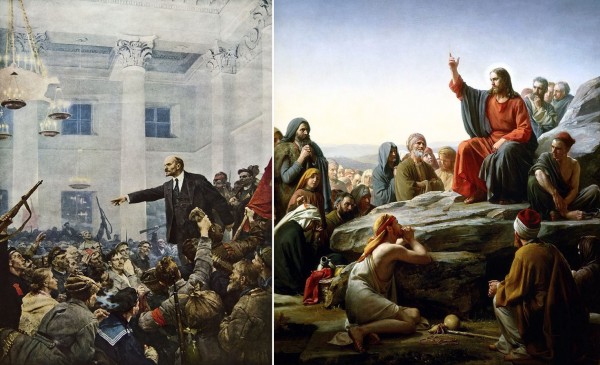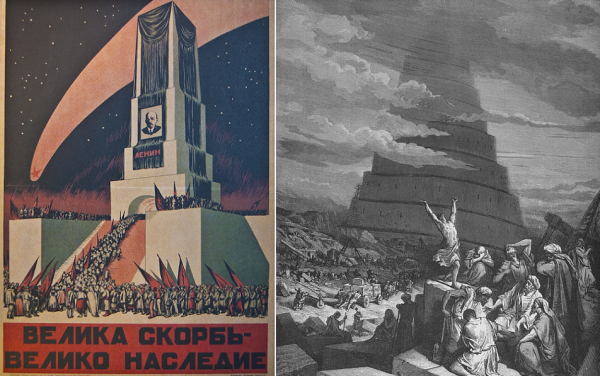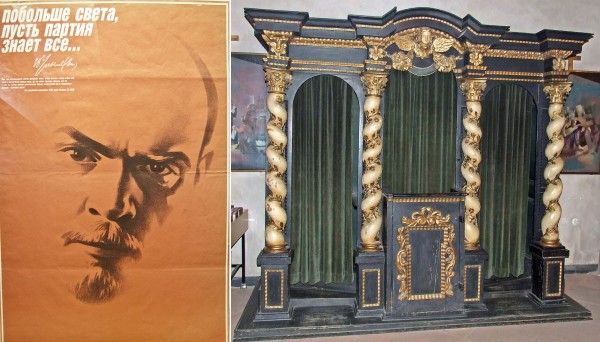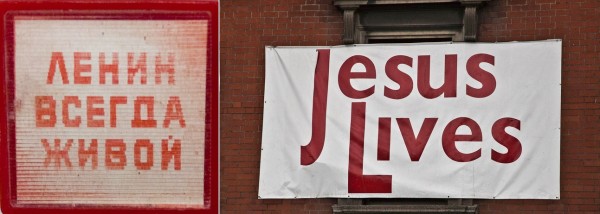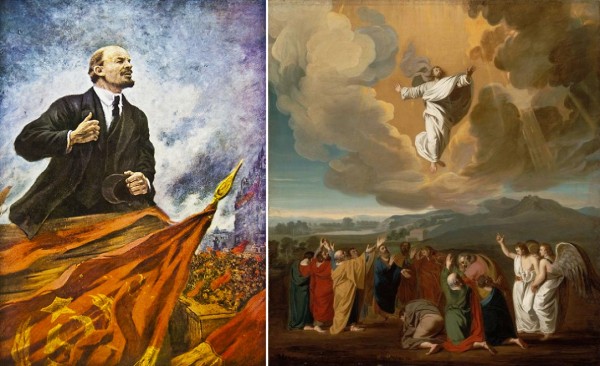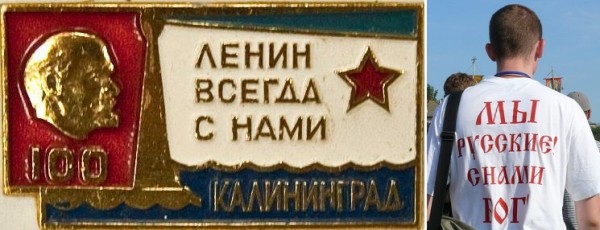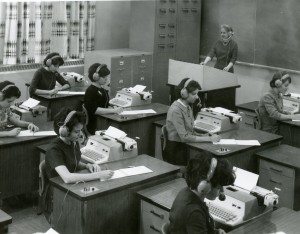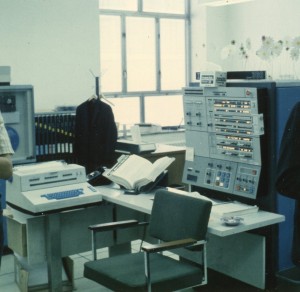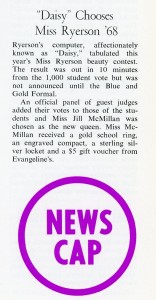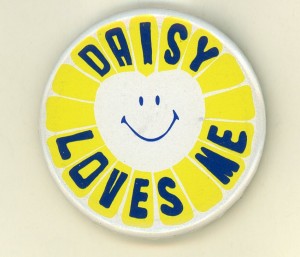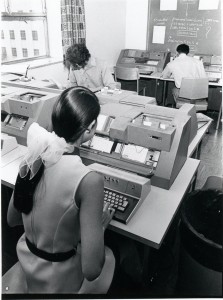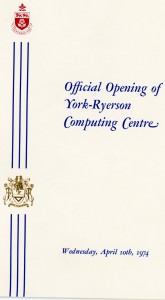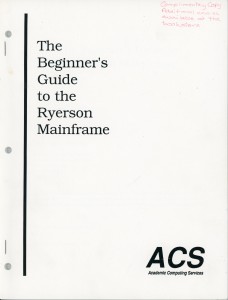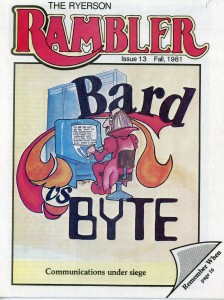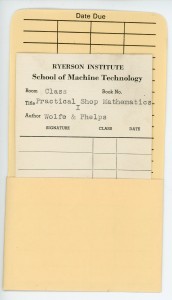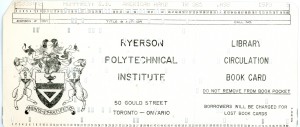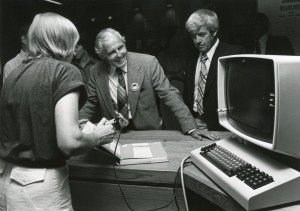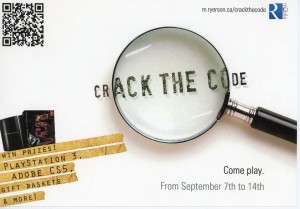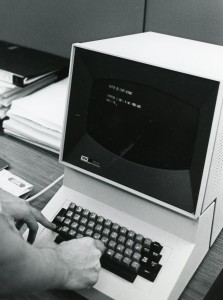Lenin and Jesus speaking and gesturing to their crowds of followers from up above.
Left: V. I. Lenin Proclaims Soviet Power. 2008.005.07.006. Leniniana Collection, Toronto Metropolitan University Archives & Special Collections. Right: A 19th-century painting depicting the Sermon on the Mount by Carl Heinrich Bloch via Wikipedia. http://commons.wikimedia.org/wiki/File%3ABloch-SermonOnTheMount.jpg
In many ways, living in the USSR was quite unlike what we experience in present day Canada. Because of the stark contrast in the portrayal and treatment of political leaders between our cultures, researchers do not have to be familiar with Soviet history to identify unmistakable differences.
An infant Lenin was the face of the Little Octobrists, the Soviet children’s league. Similarly, Baby Jesus is often depicted in Christian art. This Lenin banner resembles those common in Eastern Orthodox Christianity, the dominant religion of the areas encompassing the former Soviet Union. The Lenin image makes use of the familiar Eastern Christian halo design, as depicted in the Byzantine-style icons being carried in the procession.
Left: Little Octobrists small banner. 2008.005.01.013. Leniniana Collection, Toronto Metropolitan University Archives & Special Collections. Centre: Baby Jesus 04 by Waiting For The Word via Flickr. Creative Commons Attribution-ShareAlike 2.0 Generic (CC-By-SA). Right: A cross Procession in Novosibirsk, Russia. By Testus (Own work) [CC BY-SA 3.0 (http://creativecommons.org/licenses/by-sa/3.0) or GFDL (http://www.gnu.org/copyleft/fdl.html)], via Wikimedia Commons.
In Canada, it is not commonplace to find flags, banners, note cards, statues or paintings created and showcased in devotion to our Prime Minister. Conversely, Soviet founder Vladimir Lenin was featured on these sorts of materials and more, achieving a venerable status throughout the Soviet Union and beyond. This is easily seen in Toronto Metropolitan University’s Leniniana Collection, which consists of more than 800 items featuring the image of Lenin. A messianic Lenin effectively filled the void brought about by the USSR’s violent suppression of organized religion:
Certain symbolic forms probably recalled religious icons. The extensive use of the colour red, the distorted perspective (Lenin is far larger than the sun, the globe, and the worker and peasant on either side), the composition (Lenin flanked by the worker and peasant, just as Christ was sometimes flanked by two apostles), and the circular frame that surrounds Lenin (Christ was often situated in an oval frame) must have been familiar to Russians accustomed to the conventions of religious icons. (Bonnell, 1999, p. 146)
The towers of Lenin and Babel.
Left: Lenin: Posters, Portraits, Leaflets 1917-1924. 2008.005.07.049. Leniniana Collection, Toronto Metropolitan University Archives & Special Collections. Right: The Confusion of Tongues by Gustave Doré via Wikimedia Commons. http://commons.wikimedia.org/wiki/File%3AConfusion_of_Tongues.png
By applying Lenin’s likeness, the colour red and Communist slogans and imagery such as stars, hammers and sickles onto a wide range of materials, Lenin and his party became omnipresent – like a god. When they replaced the paranormal God with themselves, Soviets made their party into an alternative to Christian theocratic rule (Riegel, 2005). The fact that Lenin was not supernatural was irrelevant: Leninism became the political religion of the state.
Lenin tells followers to let the party know everything, much like religious confession.
Left: More light, let the party know everything… 2008.005.07.004. Leniniana Collection, Toronto Metropolitan University Archives & Special Collections. Right: Traditional confessional by I, Dontworry [GFDL http://www.gnu.org/copyleft/fdl.html ), CC-BY-SA-3.0 http://creativecommons.org/licenses/by-sa/3.0/) or CC BY-SA 2.5-2.0-1.0 via Wikimedia Commons. http://commons.wikimedia.org/wiki/File%3ASt.leonhard-ffm-beichtstuhl001.jpg
Despite the fall of the Soviet Union in 1991, the propagated deification of Lenin continues to fascinate scholars and non-academics alike. Much like saints of Christianity, Lenin’s corpse lies in a sacred mausoleum. This site remains popular among tourists and researchers continue to seek to learn more about this infamous figure of revolution.
A lapel pin reads, “Lenin lives.” The banner next to it proclaims the same about Jesus.
Left: Mounted object with various lapel pins of Lenin. 2008.005.06.005. Leniniana Collection, Toronto Metropolitan University Archives & Special Collections. Right: Jesus Lives – Signage And Posters In Dublin by William Murphy via Flickr. Creative Commons Attribution-ShareAlike 2.0 Generic (CC-By-SA). https://www.flickr.com/photos/infomatique/4674198019/
To discover the Leniniana Collection at Toronto Metropolitan University’s Special Collections, please make an appointment between 9am-5pm, Monday-Friday. Contact us at asc@ryerson.ca or at 416-979-5000 ext 4996. We are located on the fourth floor in the library in room LIB 492.
Lenin and Jesus: both in the clouds, above the people.
Left: V. I. Lenin on a Podium. 2008.005.07.011. Leniniana Collection, Toronto Metropolitan University Archives & Special Collections. Right: Jesus’ ascension to heaven, as depicted by John Singleton Copley via Wikimedia Commons. http://commons.wikimedia.org/wiki/File%3AJesus_ascending_to_heaven.jpg
To read more about Leninism as a political religion, refer to the works cited. Both sources are available through the Toronto Metropolitan University Library.
The Lenin lapel pin reads, “Lenin is always with us. Kaliningrad.” The shirt reads, “We are Russian! God is with us!” Leninists appropriated this common religious saying.
Left: Mounted object with various lapel pins of Lenin. 2008.005.06.005. Leniniana Collection, Toronto Metropolitan University Archives & Special Collections. Right:Мы русские-с нами БОГ by ФестивальБратья via Wikipedia. Creative Commons Attribution-Share Alike 3.0, 2.5, 2.0 и 1.0.
Works Cited
Bonnell, V. E. (1999). Iconography of power: Soviet political posters under Lenin and Stalin. Retrieved from http://quod.lib.umich.edu/cgi/t/text/text-idx?c=acls;idno=heb05220
Riegel, K. (2005). Marxism‐Leninism as a political religion. Totalitarian Movements and Political Religions, 6(1). http://www.tandfonline.com/doi/pdf/10.1080/14690760500099788
